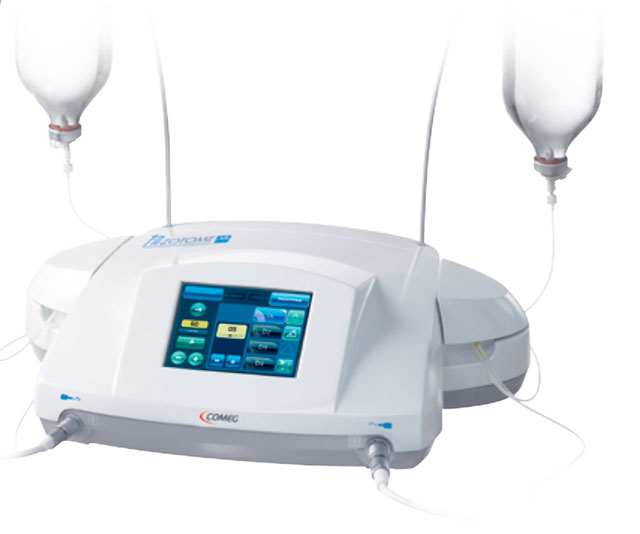Generally speaking, rhinoplasty encompasses various interventions aimed at modifying the shape, volume or structure of the nose. It can be purely medical, involving hyaluronic acid injections for mild blemishes, or require more extensive surgery. Traditional surgical rhinoplasty uses tools such as forceps or rasps to adjust the osseocartilaginous skeleton.
Ultrasonic rhinoplasty, on the other hand, involves the use of a piezotome that vibrates at an ultrasonic frequency. This device, equipped with interchangeable tips, allows you to cut, polish or perforate the bones and cartilage of the nose.
Compared to classic surgical rhinoplasty where the surgeon's movements control the tools, the ultrasonic method uses low amplitude movements generated by the vibrating tips of the piezotome. This allows precise control over the areas to be treated, similar to using a dental drill.
The choice between classic and ultrasonic rhinoplasty depends on the specific needs of the patient and the skills of the surgeon. Ultrasonic rhinoplasty tools are not always necessary and do not replace proven conventional techniques. The choice of the appropriate surgical approach should be made by the surgeon, based on the individual characteristics of the patient and the nature of the problem to be corrected.


